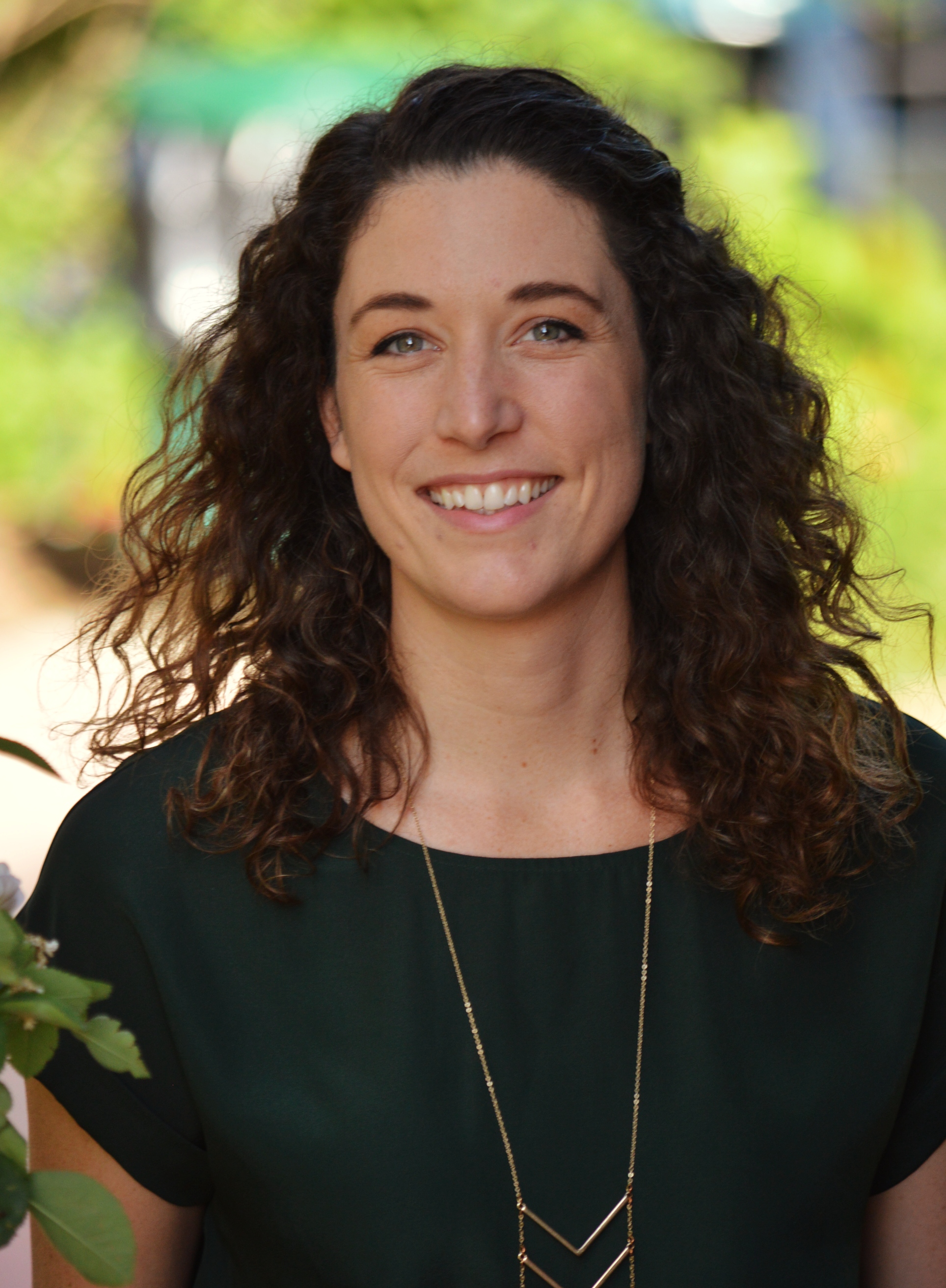
10 Sep SM County: Respiratory Syncytial Virus Outbreak
San Miguel County puts out the word: Eight laboratory- confirmed cases among infants and toddlers results in precautionary measures at local childcare facility
For corona vaccine info, visit here.
For up-to-date coronavirus information, visit here.
For free coronavirus testing opportunities, visit here.
For all Covid blogs from San Miguel County, go here.

San Miguel County Public Health has identified eight related cases of Respiratory Syncytial Virus (RSV) among six infants and two toddlers in the last week. Two infants were hospitalized over the weekend and all symptomatic children have been treated and directed to isolate with their families. The outbreak occurred at a local childcare facility which is working diligently to disinfect the respective classrooms which will be closed until Monday, September 13.
Additionally, in a rare case, a middle school student tested positive for RSV this week.
“COVID cases amongst unvaccinated people continue to overwhelm our healthcare system making it increasingly difficult for people with illnesses like RSV to receive the urgent care they need,” said Public Health Director Grace Franklin. “The recent COVID surge is deeply affecting our local frontline resources and capacity at regional hospitals.”
According to the Centers for Disease Control and Prevention (CDC), RSV, while treatable, can be dangerous for some infants and young children. Each year in the United States, an estimated 58,000 children younger than 5 years old are hospitalized due to RSV infection.
Those at greatest risk for severe illness from RSV include:
• Premature infants
• Very young infants, especially those 6 months and younger
• Children younger than 2 years old with chronic lung disease or congenital (present from birth) heart disease
• Children with weakened immune systems
• Children who have neuromuscular disorders, including those who have difficulty swallowing or clearing mucus secretions
People infected with RSV are usually contagious for 3 to 8 days. RSV can spread when:
• An infected person coughs or sneezes
• You get virus droplets from a cough or sneeze in your eyes, nose, or mouth
• You touch a surface that has the virus on it, like a doorknob, and then touch your face before washing your hands
• You have direct contact with the virus, like kissing the face of a child with RSV
“RSV cases are presenting with potentially more severe illness outside of the typical RSV season (Oct-May). We are recommending that all symptomatic children and infants remain out of childcare settings until completely symptom free,” said Influenza and RSV Surveillance Supervisor Elizabeth Austin, MPH, of the Colorado Department of Public Health and Environment. “We recommend that parents have a low threshold for deciding when to bring their child to a healthcare provider and to follow provider testing recommendations for SARS CoV-2 and other respiratory pathogens. A negative test for SARS CoV-2 doesn’t necessarily rule out a positive test for RSV, while a positive test for SARS-CoV-2 should not be used to rule out co-infection with other respiratory viruses.”
People infected with RSV usually show symptoms within 4 to 6 days after getting infected. Symptoms of RSV infection usually include:
• Runny nose
• Decrease in appetite
• Coughing
• Sneezing
• Fever
• Wheezing
These symptoms usually appear in stages, not all at once. In very young infants with RSV, the only symptoms may be irritability, decreased activity, and breathing difficulties. If you or somebody you know has symptoms of RSV, please stay home and contact your primary care physician right away.
Public Health has confirmed 24 new positive cases of COVID-19 from test results received from September 3 through 9. Of these cases, six are nonresidents, 15 are confirmed as East End residents, while three are confirmed as West End residents.
As of this release, there are 13 active cases, all actively contagious cases are currently in isolation.
66-year-old male, resident, symptomatic, social
64-year-old female, resident
58-year-old female, resident, asymptomatic, workplace
58-year-old female, resident, symptomatic, social
57-year-old male, nonresident, symptomatic, travel
55-year-old male, resident, symptomatic, community
47-year-old male, nonresident, asymptomatic, workplace
41-year-old female, resident, asymptomatic, workplace
35-year-old female, resident, symptomatic, travel
35-year-old male, resident, symptomatic
34-year-old male, nonresident, symptomatic, workplace
33-year-old female, resident
32-year-old male, nonresident, symptomatic, workplace
32-year-old male, resident, symptomatic, social
32-year-old female, resident
31-year-old female, resident, symptomatic, community
31-year-old female, resident, symptomatic, workplace
31-year-old male, nonresident
30-year-old male, resident, symptomatic, household
30-year-old female, nonresident, asymptomatic, workplace
30-year-old female, resident, symptomatic, household
21-year-old female, resident, symptomatic, workplace
17-year-old male, resident, symptomatic
4-year-old male, resident, symptomatic, social
To-date, there have been 1,062 total COVID cases among residents including 76 breakthrough cases and three COVID-related deaths.
To learn more about the county’s current COVID-19 metrics, please visit the SMC COVID-19 dashboard.
Power The Comeback:
Crowded places, covered faces
Get vaccinated
Stay home when sick and get tested


Sorry, the comment form is closed at this time.